|
|
Post by Woland on Apr 14, 2020 21:16:22 GMT -5
Why not Landscape Painting? Because painting outdoors en plein air was problematic until synthetic paint tubes arrived in the 19th century. Landscape art wasn't considered to be as challenging or sexy as the human form, it was also harder to work in the elements with ever-changing light. Nowadays with our new-fangled digital cameras we can easily document how places looked today, with landscape drawings, illustrations, paintings e.t.c. we can see how the rural and urban landscape appeared back in the good ol' days.
First illustration is from George Braun and Franz Hogenberg's "Cities of the World", 6 Volumes of mostly European city maps, colour illustrated from the late 16th to early 17th century. This map was based on a drawing from 1566, elaborated upon and published in 1598 of the Spanish city of Toledo.
In 19th century Russia, a group of artists frustrated by the academy's restrictive methods decided to create their own realistic art movement, away from the stuffy interiors in St. Petersburg and take it to the people, known as the Peredvizhniki. Ivan Shishkin is the most famous Russian landscape painter, his "Morning in a Pine Forest" is now credited solely to him (the bears were painted by Konstantin Savitsky, but art collector Pavel Tretyakov removed Savitsky's signature from the painting). It's believed this masterpiece was painted on Gorodomlya Island, roughly 200 miles from Moscow.
Frederic Edwin Church followed Alexander von Humboldt's footsteps into South America, he travelled through Ecuador and Colombia to produce "The Heart of the Andes" in 1859, the snow-capped peak on the left is Mount Chimborazo.
|
|
|
|
Post by Woland on Apr 15, 2020 12:55:19 GMT -5
Caspar David Friedrich was a key figure in German Romanticism, he loved to depict tiny figures in vast landscapes, with the occasional nod to Christianity. His landscapes were mostly centred around what is now Northern Germany, this misty "Morning" came out in 1821.
Benedetto Bordone was a 15th century cartographer from Padua (part of the Venetian Republic back then). His "Libro" claims to depict all the islands of the world; in reality it only showed islands in the Atlantic Ocean, the Mediterranean Sea and the Indian Ocean. Most noticeable is this map of Tenochtitlan (the Aztec Capital), considering the book was published in 1528, there's a decent chance this map was made before Cortez's men conquered the city, said to be one of the most beautiful in the world by eye-witness accounts.
Hiroshige (along with Hokusai) is one of Japan's most famous woodblock artists, he made his own "36 views of Mount Fuji" series in the 1850s, this particular woodblock comes from the 2nd volume, called "Sea off the Miura Peninsula in Sagami Province"
|
|
|
|
Post by Woland on Apr 15, 2020 17:53:15 GMT -5
Joseph Mallord William Turner, oft considered one of Britain's greatest artists (his face is on the £20 note), a reclusive yet prolific talent who loved to fill sketchbooks on all his travels throughout Europe. His stormy seascapes, historical themes and sketches earned him plenty of fame during his career, even more after his death. This painting is "The Lake, Petworth, Sunset", in the grounds of Petworth House in West Sussex
Despite a decade-long stint in London, think Venice: think Canaletto. In the 18th Century the Venetian Republic was in decline, it would finally succumb to Napoleon in the early 19th Century. This most fragile of cities, built on a swamp with alder trees exudes romance and awe, some day it will surrender itself to the Adriatic Sea so we might as well enjoy it along with Canaletto's paintings while it's still here. Piazza San Marco is still the historical tourist spot with the 11th century Basilica taking centre stage.

Member of the Pre-Raphaelite Brotherhood, John Everett Millais switched to landscapes for the last two decades of his life, earning scorn from critics for "selling out". The passage of time cast his late period landscapes in a softer light. Born on the island of Jersey, living in Brittany and London, Millais painting most of his landscapes in Perthshire, Scotland, in the foothills of the Grampian Mountains. This painting, "Lingering Autumn" was done in 1890, 6 years before his death.
|
|
|
|
Post by Woland on Apr 16, 2020 8:11:36 GMT -5
Pedro Texeira was a Portuguese cartographer in the 17th century, working as the King of Spain's cartographer (Portugal was part of the Iberian Union until 1640), he mapped out the coastline of the Iberian Peninsula along with hugely detailed city maps of Madrid. This map showcases the Ribadeo river in Galicia, north-west Spain.
Peder Mørk Mønsted is a key Danish landscape artist, he studied under William Adolphe Bouguereau in Paris, travelled across Switzerland and the Mediterranean in particular, this piece of work is called"Woods in the Snow"
Persian Miniatures (small paintings on paper, kept in an album) are usually colourful paintings crowded with human figures, however this work dating to the early 14th Century is a rare example of a Persian landscape miniature. A river scene possibly in Tabriz (North-west Iran).
|
|
|
|
Post by Woland on Apr 16, 2020 13:11:04 GMT -5
Yuly Klever (or Julius von Klever for the latin alphabet fiends) holidayed with his actor friend on the small island of Nargen just off the coast of modern-day Estonia, the subsequent paintings were bought by art collectors and the Imperial family, earning Yuly lots of money and the title of "Professor" by the Imperial Academy of Fine Arts, despite being expelled from the academy 10 years earlier. A nervous breakdown forced him to move to Germany until the 1st World War broke out; after the Revolution he taught at the academy until his death in 1924. This painting was made on his sojourn in Nargen.
The Netherlands is so flat there was a recent joke proposal to build an artificial mountain in the country for all the climbing enthusiasts, that's why the sky takes such a prominent role in this landscape of Haarlem by Jacob van Ruisdael, the best landscape painter of the Dutch Golden Age in the 17th Century, when the Dutch East India Company was still riding high.
Louis Buvelot was born in Switzerland in 1814, at 20 he moved to Paris for a couple months before emigrating to Brazil. He eventually settled in Australia in 1865, painting and teaching until his death in 1888 but not before spreading his influence to the next generation of Australian landscape artists. This work is called "One of the Falls of Wannon" in the state of Victoria.
|
|
|
|
Post by Woland on Apr 17, 2020 6:45:27 GMT -5
Alexei Savrasov was a supremely talented Russian landscape artist, his most famous work "The Rooks have returned" (1871) captures the changing of the seasons near the Ipatiev Monastery, Kostromo (200 miles north-east of Moscow). Sadly his career cratered after the death of his daughter, he turned to alcoholism and spent his later years in dire poverty.
Claude Lorrain loved to insert mythological and historical scenes into his landscapes. Born in modern day France yet worked almost exclusively in Italy, he loved putting the sun into his paintings. "The Shepherd" is one of his more pastoral works.
Arnold Bocklin was a 19th Century Swiss painter with a dark personal life: His first fiancée died young, 5 of his 14 children died in childhood while another 3 would die in his lifetime. He studied and travelled throughout western Europe, working mostly in Germany and Italy. His most famous painting(s) is the "Isle of the Dead", he produced several different versions over the last 2 decades of his life. It's believed the English cemetery in Florence served as the main inspiration for the piece, with bits and pieces of Mediterranean coastline influencing the rocky outcrop.
|
|
|
|
Post by Woland on Apr 17, 2020 13:38:12 GMT -5
Grigory Myasoedov was another Russian realist painter from Tula. In his 30s he travelled through Paris, Rome, Florence and Spain. In 1876 ater he hit 40 he moved to a farm in Kharkiv, Ukraine, painting sympathetic pastoral landscapes, ironically around this time the cogs of industrialisation were turning in the Russian Empire (Kharkiv became a big industrial centre). This one is called "The road in the rye".

Better known for his creepy charcoals and vibrant pastels, Odilon Redon was born in Bordeaux in 1840 to a well-off family. After failing the entrance exam in Paris, he ditched his architect plans and moved back to Bordeaux, taking up sculpting, etching and lithography until he was drafted into the Franco-Prussian war. Afterwards his charcoal drawings gained a wider audience thanks to the author Joris-Karl Huysmans. In the 1890s he moved to pastels and oil paints. Just before his death in 1916, his work was exhibited in New York, Chicago and Boston. This work is from his lesser known landscapes of Brittany.
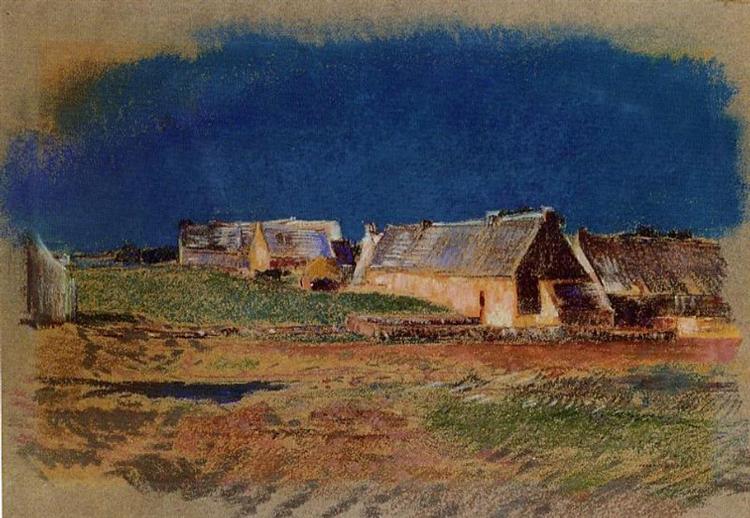
Johannes Vermeer died at just 43 years of age, his total number of paintings rests somewhere between 34 and 50, never went overseas and to top it all off, he's been accused of using the camera obscura to create his masterpieces. Vermeer didn't do preparatory sketches and he was in close contact with a pioneer in lens-manufacturing, hence the suspicion over his photo-realistic artworks. Landscapes are few in his oeuvre, this view of Delft from 1660 proved he was more than capable of painting outside the studio.
|
|
|
|
Post by Woland on Apr 17, 2020 18:05:23 GMT -5
Thomas Atkinson was a 19th century English architect. Having dabbled in drawings and architectural work in London and Manchester, in 1840 he decided to go painting in India for a little while. Upon his return to London he moved to Germany then Russia, dropping architecture for travelling and drawing. Upon the advice of a certain Alexander von Humboldt and with a blank passport from a certain Tsar Nicholas I, in 1847 Thomas dipped his toe into the Urals, the Altai mountains and the Kazakh steppe, returned to Moscow and married Lucy Finley, an english governess. In 1848 he and his wife spent the next 6 years travelling almost 40,000 miles through Siberia, Mongolia, Kyrgyzstan, Chinese Tartary, Central Asia and the Amur region. Their travels produced hundreds of watercolours, drawings and 2 books. This lithograph is of a volcanic crater in the Saian Mountains, Mongolia.

John Constable didn't achieve outstanding fame during his lifetime, his paintings sold better in France than in his native England. His painting of Salisbury Cathedral still inspires.
Thomas Cole was born in Lancashire in 1801, moved to America in his teens and portrayed the great American landscape in tones of allegory and romanticism. If there is a work displaying the idealistic notion of the American landscape, "Home in the Woods", painted one year before his death in 1848 is that painting.
|
|
|
|
Post by Woland on Apr 18, 2020 10:37:00 GMT -5
Hiram Bingham II was a Protestant missionary, son of a Protestant missionary, born in Hawaii, studied at Yale and travelled to the Gilbert Islands, Kiribati in 1857, to spread Christianity throughout the Pacific islands. This was made at Abaiang/Apaiang, now a coral atoll at the mercy of the rising ocean. His son Hiram Bingham III would travel throughout Peru to find Machu Picchu.
Albrecht Durer is better known for his engravings, woodcut prints, realistic portraits and his flowing locks of Christ-like curls. His landscape watercolours never get the same recognition. This watercolour from 1495 depicts the ruins of Arco Castle in the valley of the same name, in Northern Italy.
Since the 19th century archaeologists and explorers have excavated burial mounds, hoping for ancient treasures. Kurgans are widespread in central asia and eastern europe. This engraving dates from 1882 near Chernigov, northern Ukraine.
|
|
|
|
Post by Aurelia on Apr 18, 2020 12:18:13 GMT -5
|
|



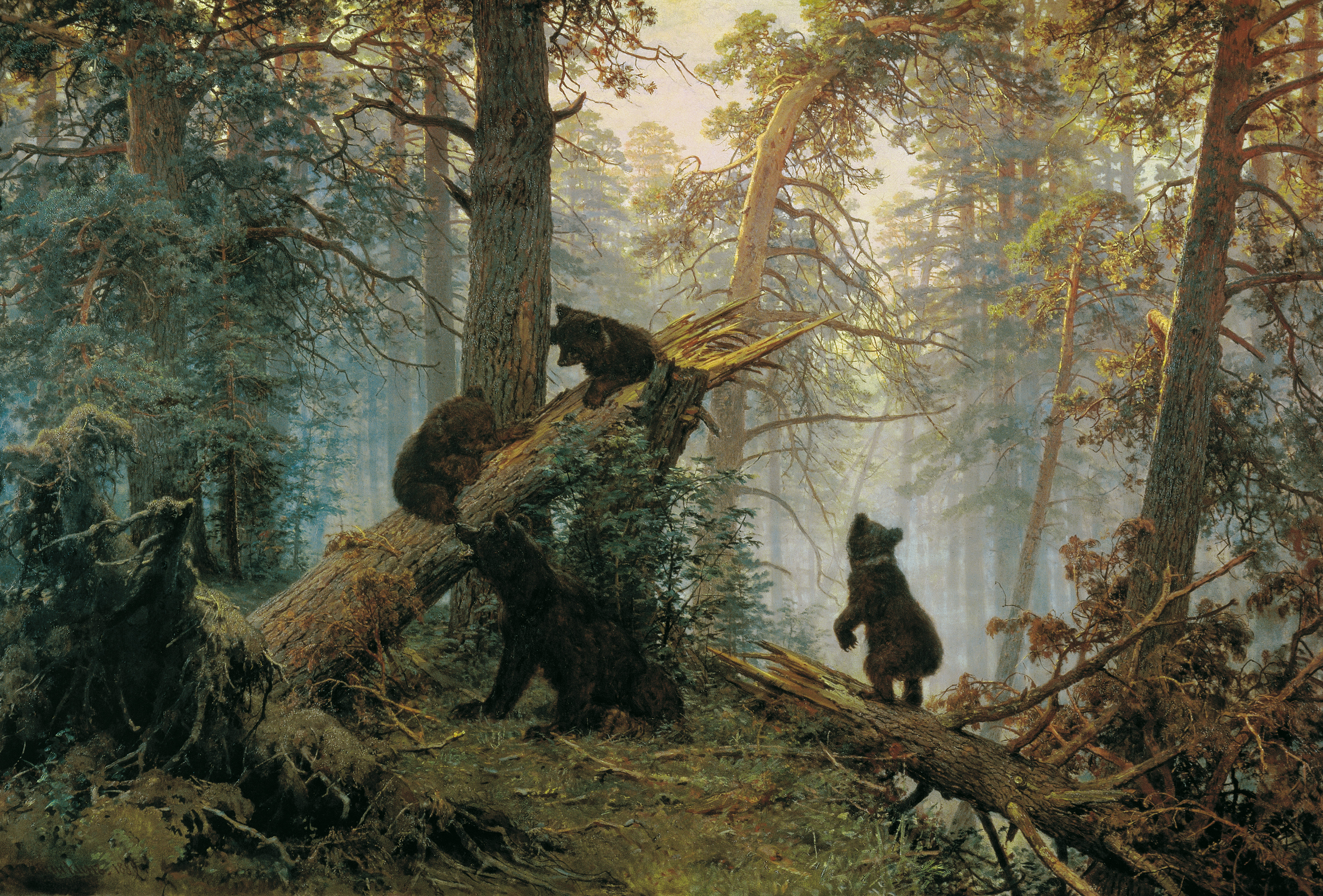





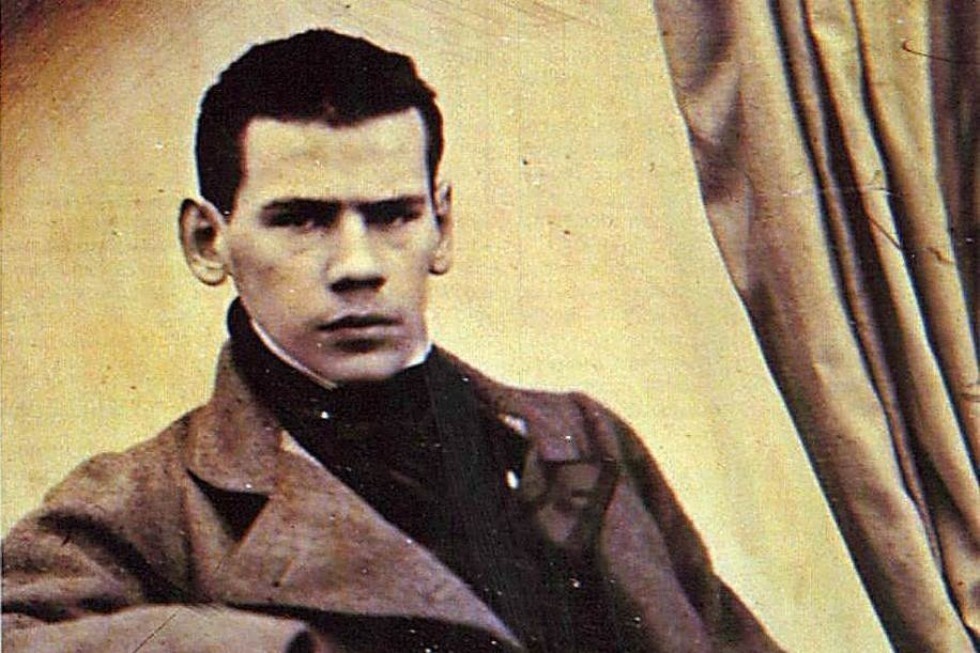

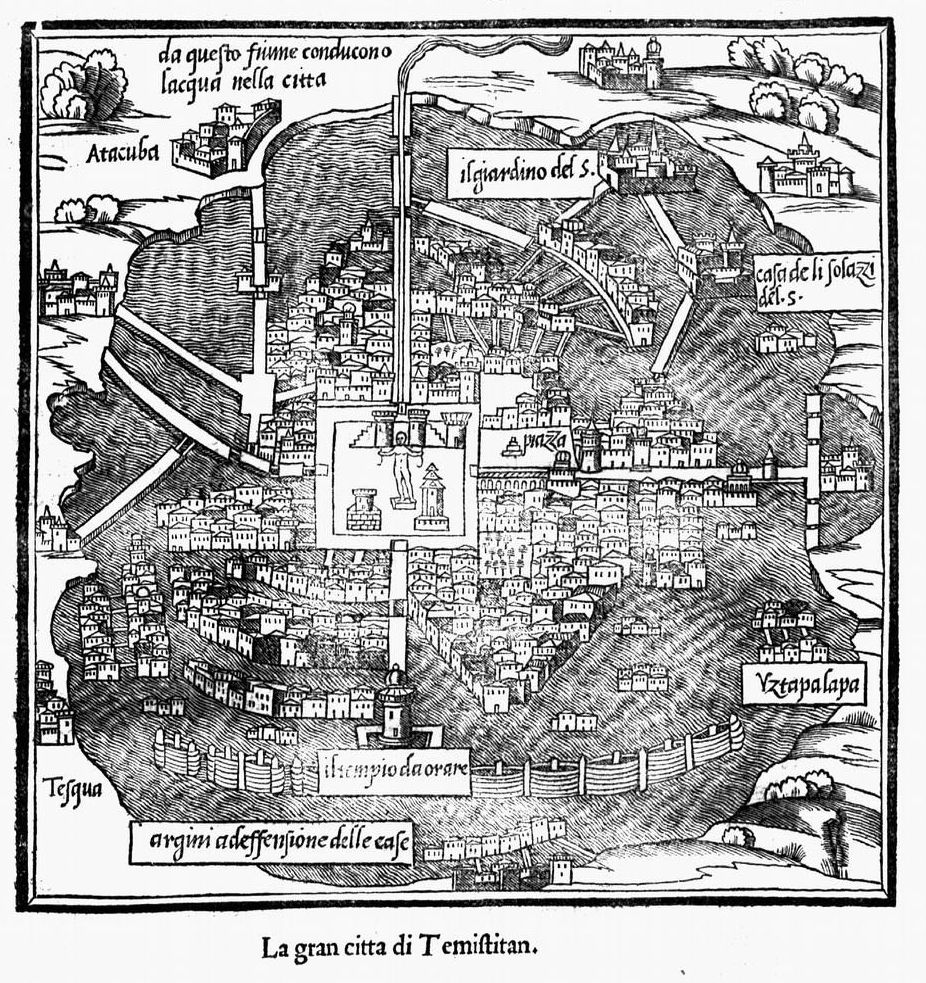
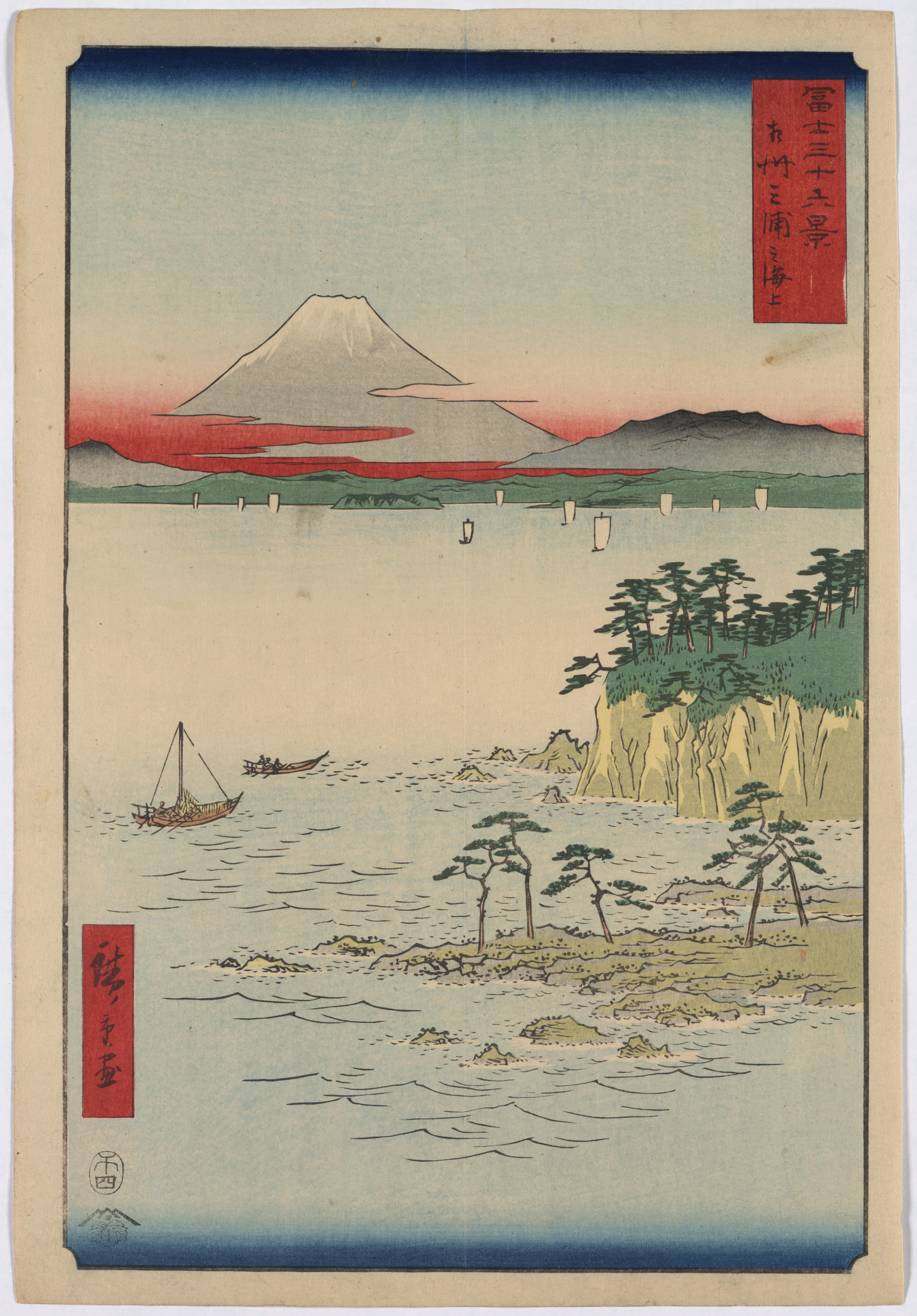


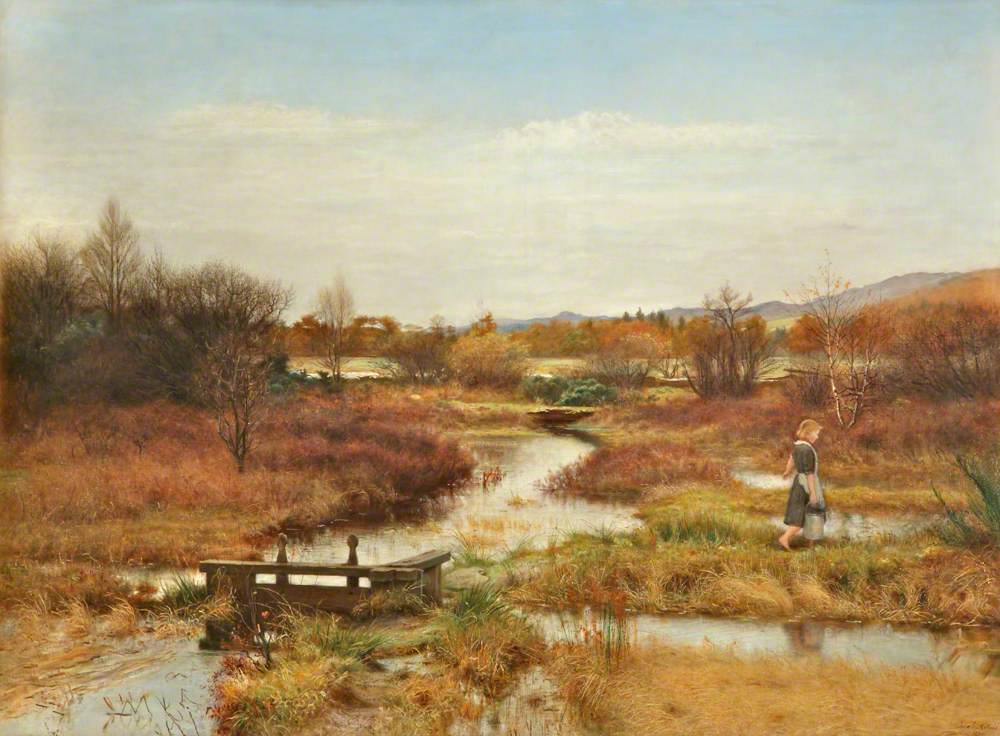





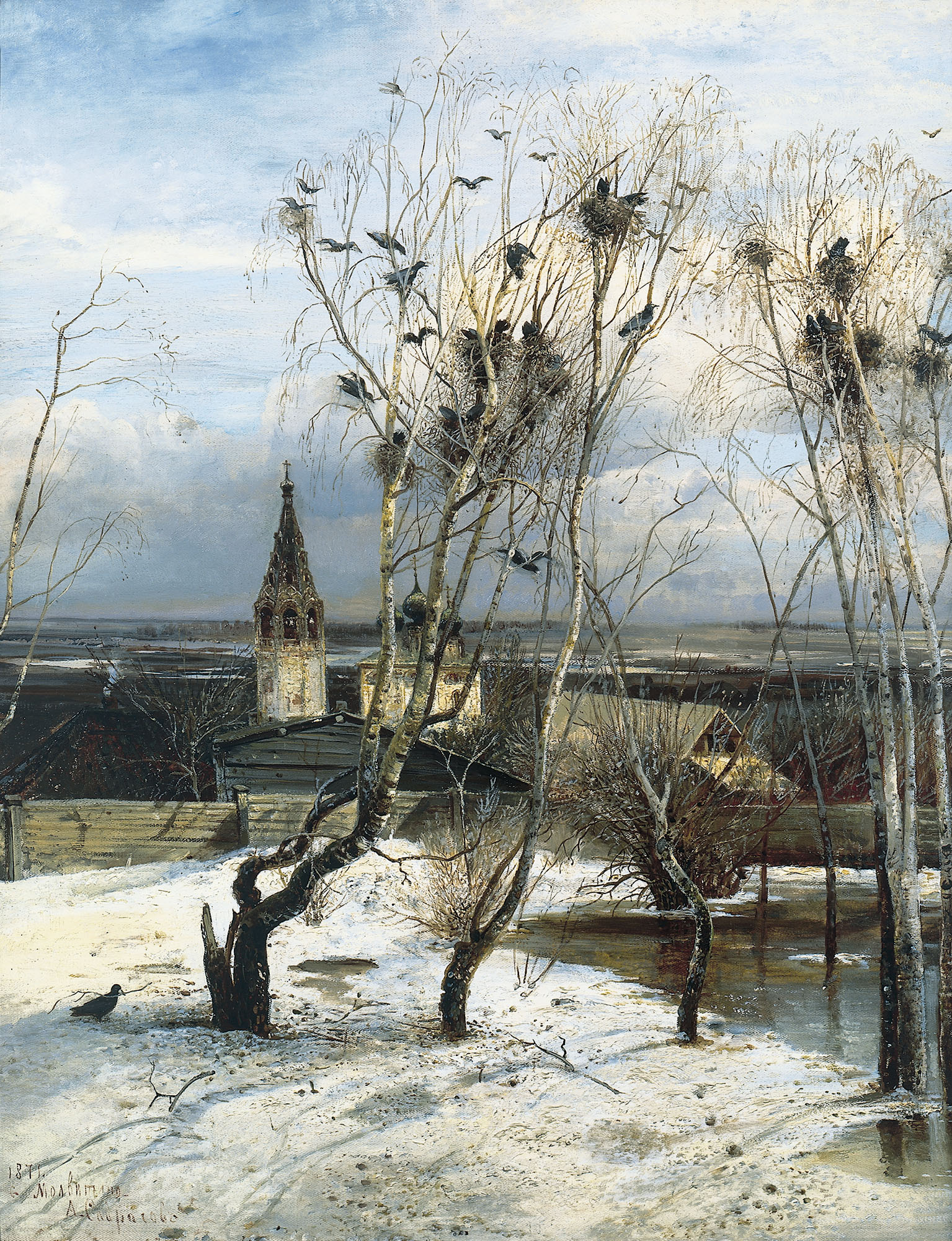
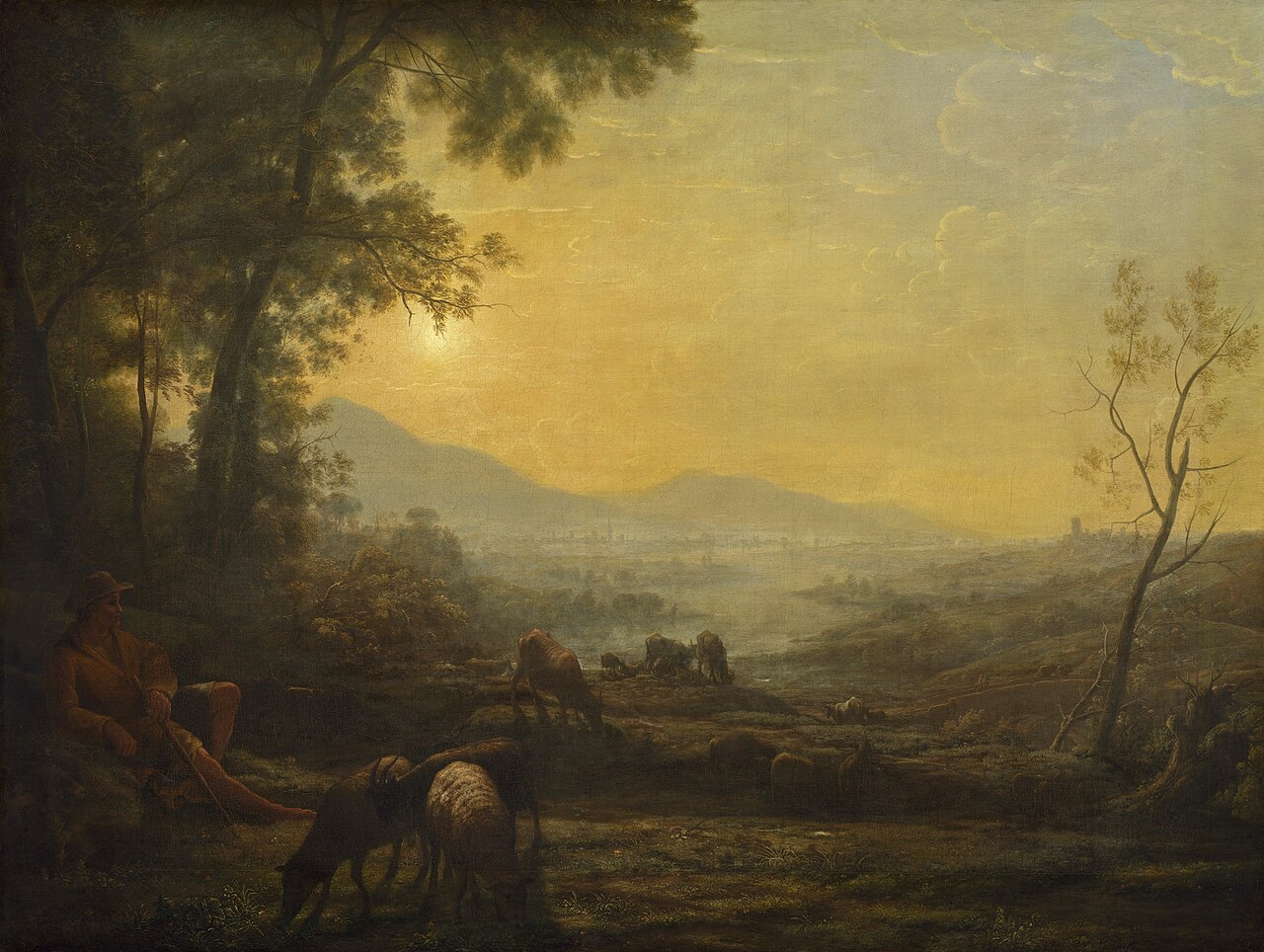
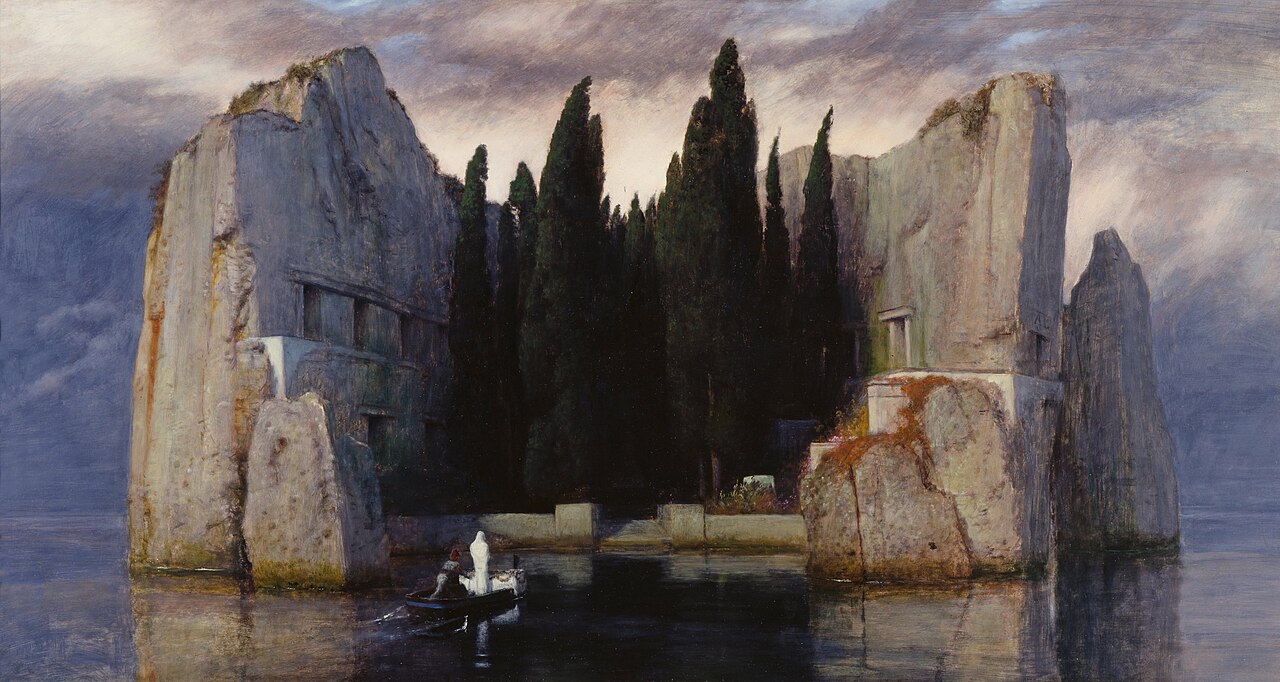





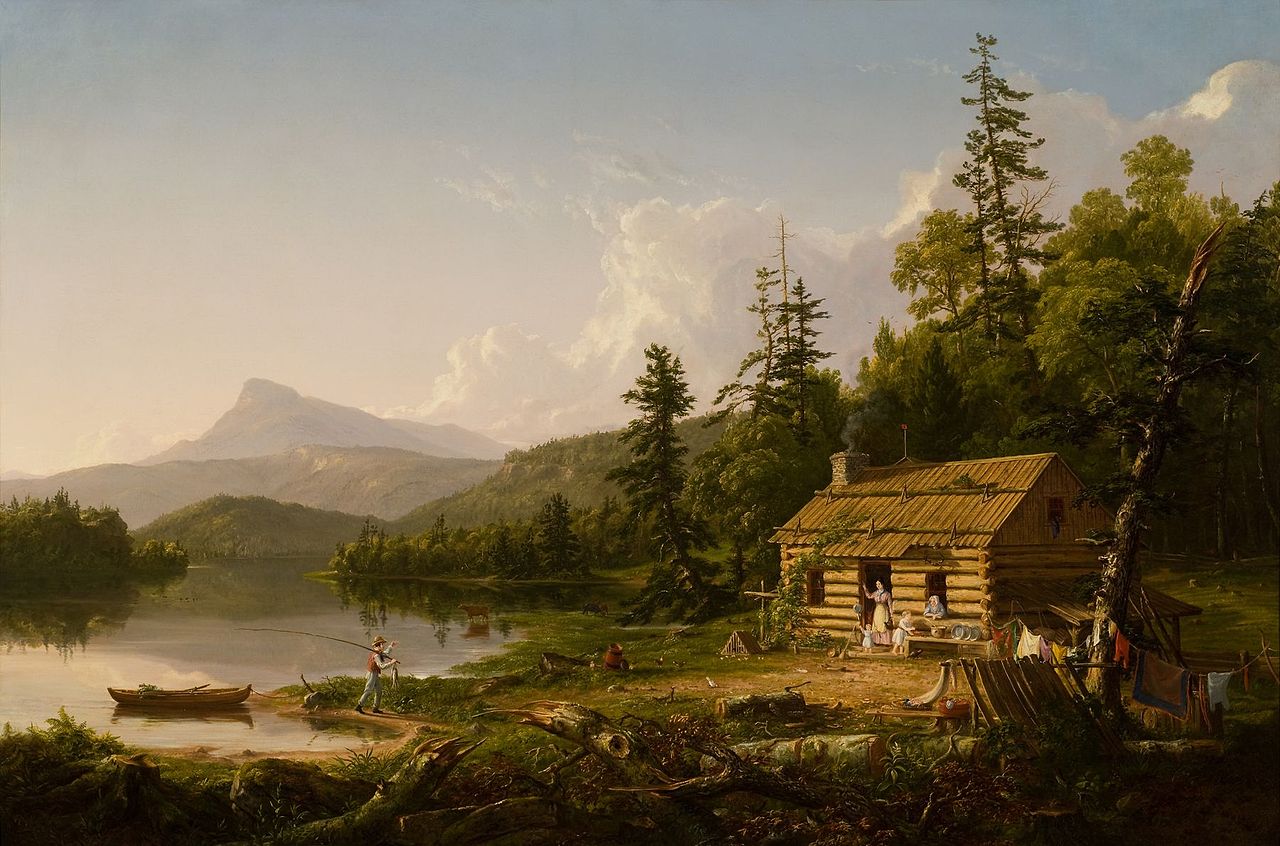




.jpg)